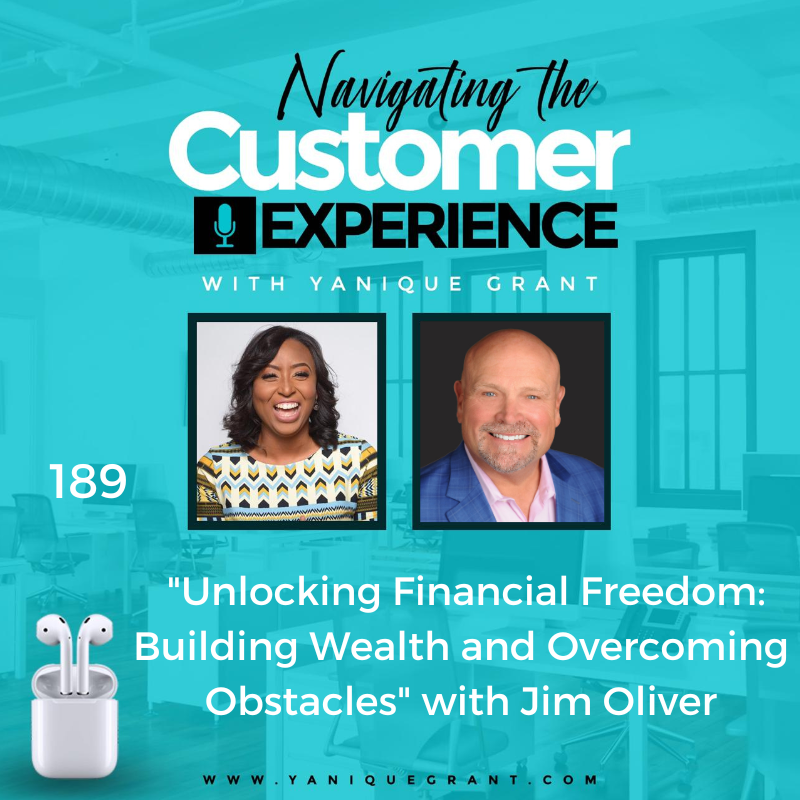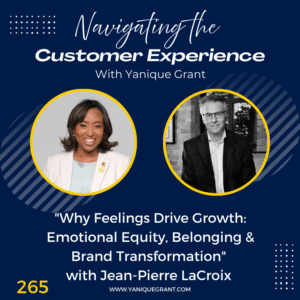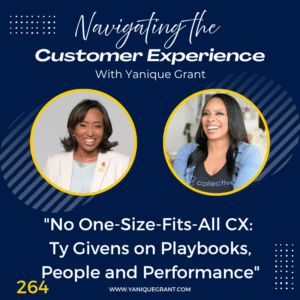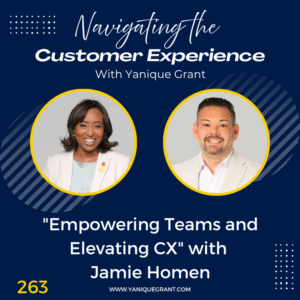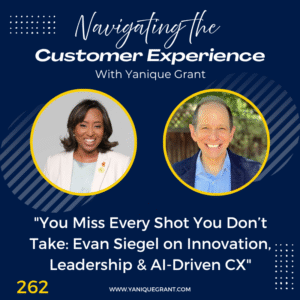Jim Oliver founded Create Tailwind in 1988 in Denver, Colorado. Originally, a full-service financial planning firm, Jim and his team weathered two major corrections on Wall Street and pivoted Create Tailwind’s focus to building wealth beyond Wall Street. Teaching clients to create wealth without Wall Street brokers and financial planners took off, to most people becoming their own banker was something they couldn’t envision.
Most people park their money in qualified plans or with a broker and hope that the money grows. Jim reminds his clients that hope is not a strategy. He teaches his clients that becoming their own banker means they accumulate money, and they deploy it to make it even more money, this is the mind shift.
Under Jim’s leadership Create Tailwind exploded to become a multilocation nationally recognized firm helping 1000s of individuals and businesses around the United States.
Questions
• So, we always like to give our guests an opportunity to share with our listeners a little bit about their journey, how they got to where they are today. So, could you take some time on share that with our listeners, Jim?
• Could you take some time to share with our listeners a little bit about your company – Create Tailwind? I know I read about it in the bio, and in terms of what you help them doing, just share with us, what are some of the value-added opportunities that you are offering to your clients?
• What are some of the key things that you try to do with your clients in terms of supporting them? I know you offer the courses and you’re teaching them a theory. But let’s say for example, you’re working with a client, this mindset that you’re trying to encourage or envision, it’s not clicking for them. What are some strategies or techniques that you utilise, to kind of get those persons on board to transition them from where they are to where you want them to be?
• What are some things that you found, give me three things that you find tend to be general obstacles that prevent persons from reaching their maximum potential when it comes to wealth? And then you listen to all of these podcasts and you listen to all of these or read these books, and they say there’s a difference between being rich and being wealthy. How do you get people because if you look them up in the Oxford dictionary, they pretty much have the same meaning. So, how would you differentiate?
• Could you also share with us what’s the one online resource, tool, website or app that you absolutely can’t live without in your business?
• Can you also share with our listeners, maybe one or two books that have had a great impact on you, it could be a book that you read a very long time ago, or even one that you’ve read recently.
• Could you also share with our listeners what’s the one thing that’s going on in your life right now that you’re really excited about? Either something you’re working on to develop yourself or your people.
• Where can listeners find you online?
• Before we wrap our episodes up, Jim, we always like to ask our guests, could you provide us with a quote or a saying that during times of adversity or challenge, you will tend to revert to this code, it kind of helps to get you back on track, if for any reason you got derailed.
Highlights
Jim’s Journey
Jim shared that he was born in Los Angeles. And he has five siblings, and he was a middle child, but he was given up for adoption. And this is kind of the PG version, but his mother, his birth mother said that she was raped, and her husband thought that she had an affair. He (Jim) found out at 55 years old that he was actually his father. But he grew up in foster care and then he grew up in a very poor area of Los Angeles.
And he became fascinated with money and he also became fascinated with business owners because he started working in a casket factory when he was 13 years old, swinging a hammer and he watched the business owner and he knew that he lived on the hill of Palace Vertis, which was a foreign country to him.
It was where people had wealth, they had abundance, they had all of these things, that the people in his neighbourhood, they didn’t have any of those things. And he really just was driven by what do those people that live on the hill know and by the beach know and in Beverly Hills know that the people that live in Inglewood and neighbourhoods like that, that they don’t know. And he went to school, did everything the way that he was supposed to, learned about Wall Street and investments. And he did that, and he was very successful at building a financial planning firm.
But then he realized that his clients weren’t getting wealthy in Wall Street. And he analyzed all of his clients and he threw out all the ones that got lucky. They were the janitor at Google and they just made millions of dollars. He threw the lucky ones out and he said, “What is it that my clients, my really wealthy clients, what have they done to become wealthy?” And it came down to two things, business owners and real estate. And he changed his whole focus to teach people how to be business owners, and how to own real estate, and how to build cash flow and assets, instead of Wall Street instruments and government-controlled plans.
About Jim’s Company Create Tailwind and Value-Added Opportunities for Clients
Me: Could you take some time to share with our listeners a little bit about your company – Create Tailwind? I know I read about it in the bio, and in terms of what you help them doing, just share with us, what are some of the value-added opportunities that you are offering to your clients?
Jim shared that the other thing that he realized is that every financial planner in the world is trying to sell something to their prospects, clients, customers, and he didn’t like that, he didn’t want to sell. So, what he decided is that the reason that he decided to personally start to build cash flow instead of instruments, assets instead of instruments, and not try to build up this lump sum, nest egg, is he became more and more educated about cash flow and assets, and banking, and becoming his own banker, and how he could control the banking function in his life.
And so, he decided that what he would do is he would just educate other people. So, the way that they serve their clients, and really help them understand the landscape out there, and how to build wealth, is they educate them. They have a community, that’s Create Tailwind community. And it’s Create Tailwind, because they’re all fighting a financial headwind, and he’s showing you how to turn that around so that wind will actually push you forward, instead of fight against your progress.
And at the community Create Tailwind, they just teach people, they teach people and the community members teach each other. But they have courses, they have discussions, they have book recommendations, they have book reviews, they have all of these different things that is intended to do one thing, educate their customers, and anybody really that is interested, anybody can join the community for free. And they learn about taxes and how to be more tax invisible, they learn about becoming their own bank, how a bank works, and how you can control the banking function in your life instead of the commercial bank. How your need for finance over your lifetime is much greater than your need for an investment. All of these things, they’re basically teaching people so that if they choose, they can change their mindset. And they can change their path to where they’re on the path of wealth, instead of the path of financial slavery, like most people are.
Strategies and Techniques Utilized to Transition from Where They Are to Where They Want Them to Be
Me: What are some of the key things that you try to do with your clients in terms of supporting them? I know you offer the courses and you’re teaching them the theory. But let’s say for example, you’re working with a client, this mindset that you’re trying to encourage or envision, it’s not clicking for them. What are some strategies or techniques that you utilize, to kind of get those persons on board to transition them from where they are to where you want them to be?
Jim stated that that’s a great question. And what they do is they do Zoom meetings, even way before COVID. They did Zoom meetings, and originally it was WebEx back in the day. And they will get on there and they will do Q&A…whatever questions you have….whatever things aren’t making sense. And he has this board that he draws on, it’s a graphics board.
And he finds that people learn visually, a lot more than they learned verbally and so, when you’re thinking about money and the way money flows, and the way that money works, they need to see numbers, they need to see the flow. So, he draws that out, or the team draws that out for them.
And they can see it and they can say, “Hey, but I don’t understand this. I don’t understand that.” They can ask any question they want. They do that individually and one on one on a Zoom meeting, so you don’t have to ask the question in front of a group.
They also occasionally do live Q&A meetings where the community will ask questions live, and they answer those questions live. And so, that’s really the big focus is that and they’re always building more content, more content to help their clients understand what they need financially out there in the world, and how to protect themselves and their families and their businesses.
Obstacles Preventing Persons from Reaching Their Maximum Potential When it Comes to Wealth
Me: Now, Jim, you’ve been doing this for quite a bit a years now. What are some things that you found, give me three things that you find tend to be general obstacles that prevent persons from reaching their maximum potential when it comes to wealth? And then you listen to all of these podcasts and you listen to all of these or read these books, and they say there’s a difference between being rich and being wealthy. How do you get people because if you look them up in the Oxford dictionary, they pretty much have the same meaning. So, how would you differentiate?
Jim shared that the first is show them what is happening now. If you put money in a 401 K, or an IRA, or some government backed programme, that has rules, penalties, all this stuff, or if you put money in Wall Street, here’s what’s happening to it. Here’s how inflation works. Here’s how fees and expenses inside those funds work. Here’s how commissions work. And so, it’s kind of like, if you know what’s happening, you’ll know what to do. So, the first thing if somebody doesn’t realize what’s happening to their money, he has to show them how a bank works. And so, they kind of show them what really is going on.
The second thing is, the second obstacle is that we’ve been filled with noise. And the funny thing is, he heard this number, and he really think that it’s accurate, is that we see 5000 marketing messages a day. Now, it could be on TV, it could be a logo on somebody’s shirt. But all of that is designed to get our money to flow away from us. We see a shirt that we like on TV and it has the logo, and you think I want that shirt, I want those shoes, somebody is wearing shoes, they’re driving a car, if you think of all the input, all of that noise every day, but there’s nothing that’s designed to help us increase our cash flow. It’s designed to get us to flow our money away from us to someone else. And the difference between wealthy people and poor people, is wealthy people get money to flow to them. And poor people, all their money flows away from them. And so, that’s the second obstacle.
And then the third obstacle is, “Okay, I understand what’s happening, I get that I’ve been taught the wrong things about money. But I don’t have anybody to help me, I don’t have anybody to help me get from where I am to where I want to be.” So that’s the third thing that he would say is that you have to find a coach. Whatever community that you’re in, it doesn’t matter whether you’re in a lower income community, inner city, rural, it doesn’t matter. There are people in that community that are buying assets that own the apartment complexes, the mobile home parks, the RV parks, the businesses, they own those things, and they are more than happy to help you if you ask.
So, the third thing and how what he really believe that you have to have is you have to have a guide, you have to have a coach, if you think about it, in every movie that you’ve ever seen, the person that has a problem meets a guy, they need a coach and that coach helps them overcome their dilemma. Tiger Woods, the greatest golfer of all time, he has a coach and the reason is, is that so the coach can help him learn how to do what he does better and better and better and give him the confidence.
So, those are the three things that he believes that are obstacles for people to grow their wealth and have everything in life that they want and have that abundant mindset that is limitless in creating cash flow to them.
App, Website or Tool that Jim Absolutely Can’t Live Without in His Business
When asked about online resources that he cannot live without in his business, Jim shared that he would say that it’s Zoom, because that’s how they communicate with their clients and there are other competitors, but he finds Zoom to be the easiest for his clients and customers to use. It doesn’t require that you join or login or anything else, you can just go to the www.zoom.us and plug in the meeting and plug in the password if there is one, and you’re in the meeting. And you could be meeting with anybody at any time 24/7 and you could see the person, the person can share and use a whiteboard, and they can do all kinds of things. So, that’s the one thing that he wouldn’t be able to operate his business without.
Books that Have Had the Biggest Impact on Jim
When asked about books that have a great impact, Jim shared that he’ll give one from a really long time ago and it always kind of surprises people, but it’s Jonathan Livingston Seagull: The Complete Edition and it’s by Richard Bach. He’s the author and they used to, he’s (Jim) 57 years old, so they don’t make kids read this anymore. But here’s the gist of the book is Jonathan Livingston Seagull is a seagull and seagulls don’t have very exciting lives, they eat, they fly from here to there, they don’t do anything.
But Jonathan, he wanted to fly and do stunts, and he wanted to go out and see what was out there in the world. Well, when you grow up poor in Los Angeles, and you think, is this it? Do I just have to stay here and accept my life as it is, and be poor the rest of my life? Well, Jonathan Livingston Seagull taught him, “No I don’t, I can go out and do other things. I can be anything that I want to be.” And so, that book had a huge impact on him.
And then the second one is Rich Dad, Poor Dad: What the Rich Teach Their Kids About Money That the Poor and Middle Class Do Not! By Robert T. Kiyosaki, because it gave him an example, he didn’t like school very much. And so, if the path, the only path was to study hard, get a good job, get straight A’s in school, and then work his way up the ladder and hope that he was in the good old boys’ club. He doesn’t think he could have done that. But Rich Dad, Poor Dad showed him an alternative, it showed him a different way that it didn’t really matter about his formal education, it was how he educated himself outside of school, the mentors that he had, the people that had what he wanted, and that would share with me how they did it.
What Jim is Really Excited About Now!
When asked about something that he’s really excited about, Jim shared that the one thing that he’s really excited about is he has a book coming out in June 17, 2023. And like he said, he struggled in school. So, he was a stutter, he didn’t write very well. So, for him to write a book, he’s really excited and proud of the fact that he’s telling his kind of life story in the beginning, in his humble beginnings, and kind of where he is now. And then if he can do it, you can do it. And so, he’s excited to share that message with people and give them the foundation of how to start today to change their lives.
Me: Nice. So, we will definitely ensure that we are able to keep in touch with you so that we will have first dibs on that book when it is released.
Jim stated that he would love that.
Where Can We Find Jim Online
Email – jimoliver@createtailwind.com
Website – www.community.createtailwind.com
Quote or Saying that During Times of Adversity Jim Uses
When asked about a quote or saying that he tends to revert to, Jim shared that one thing is there’s an old quote that he changed it was, “Adversity introduces a man to himself.” Now, that’s an old quote. So, he says, “Adversity introduces a person to themselves.” And it reminds him that in the Bible, it says that we are going to have trials.
And that trials, it says that, that those trials will introduce us to ourselves, that it will create confidence, that it will create strength, that God is like stirring this pot of silver and getting rid of the impurities until He can see His reflection in us. And so, getting rid of those impurities is adversity and obstacles and they just make you stronger, they make you who you are, so when you’re in the middle of it, just remember that that adversity is going to introduce you as a person to who you really are and it’s only going to make you stronger.
Please connect with us on Twitter @navigatingcx and also join our Private Facebook Community – Navigating the Customer Experience and listen to our FB Lives weekly with a new guest
Links
· Jonathan Livingston Seagull: The Complete Edition by Richard Bach
The ABC’s of a Fantastic Customer Experience
Grab the Freebie on Our Website – TOP 10 Online Business Resources for Small Business Owners
Do you want to pivot your online customer experience and build loyalty – get a copy of “The ABC’s of a Fantastic Customer Experience.”
The ABC’s of a Fantastic Customer Experience provides 26 easy to follow steps and techniques that helps your business to achieve success and build brand loyalty.
This Guide to Limitless, Happy and Loyal Customers will help you to strengthen your service delivery, enhance your knowledge and appreciation of the customer experience and provide tips and practical strategies that you can start implementing immediately!
This book will develop your customer service skills and sharpen your attention to detail when serving others.
Master your customer experience and develop those knock your socks off techniques that will lead to lifetime customers. Your customers will only want to work with your business and it will be your brand differentiator. It will lead to recruiters to seek you out by providing practical examples on how to deliver a winning customer service experience!
The ABC’s of a Fantastic Customer Experience Webinar – New Date
Register Here


